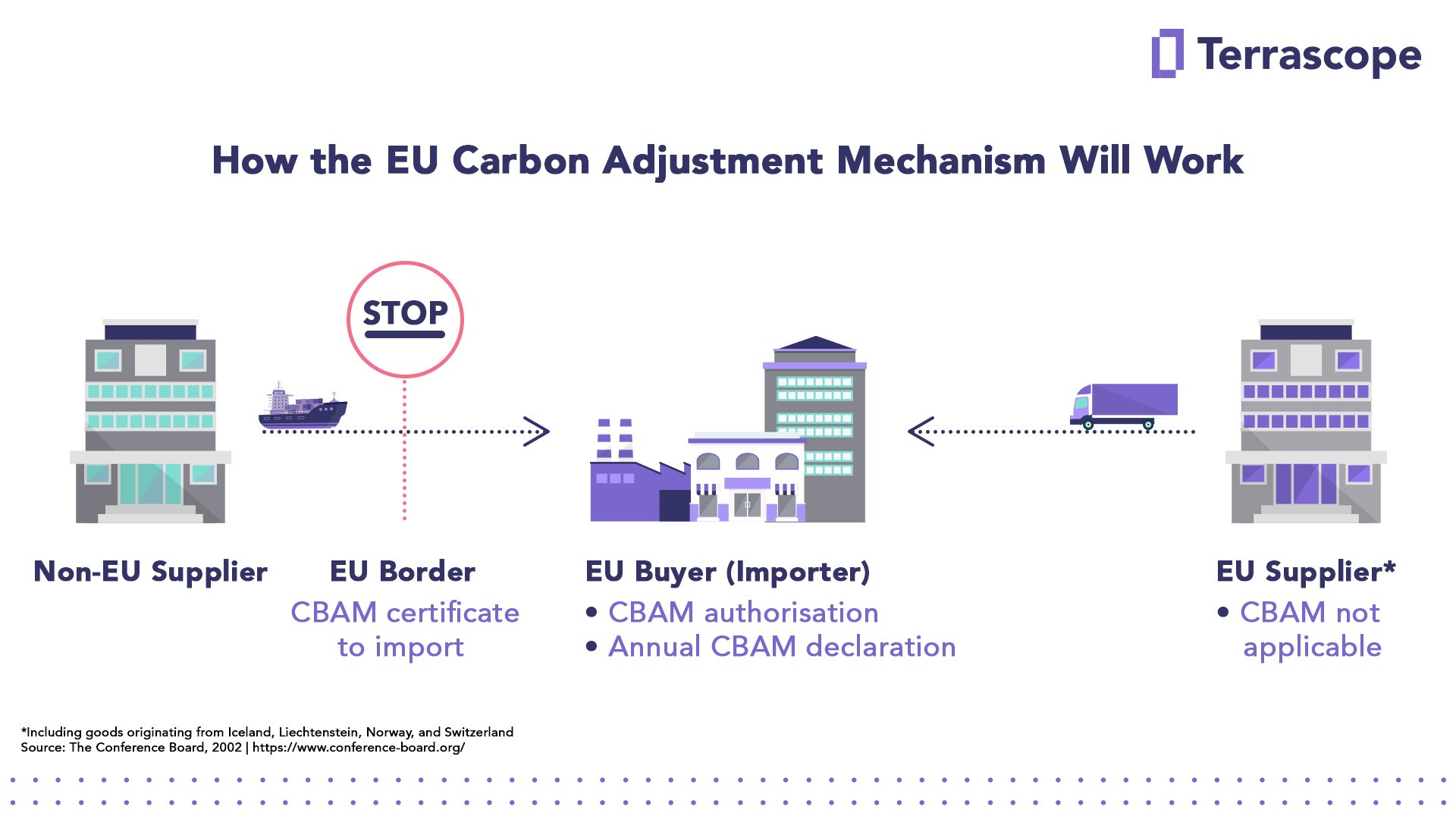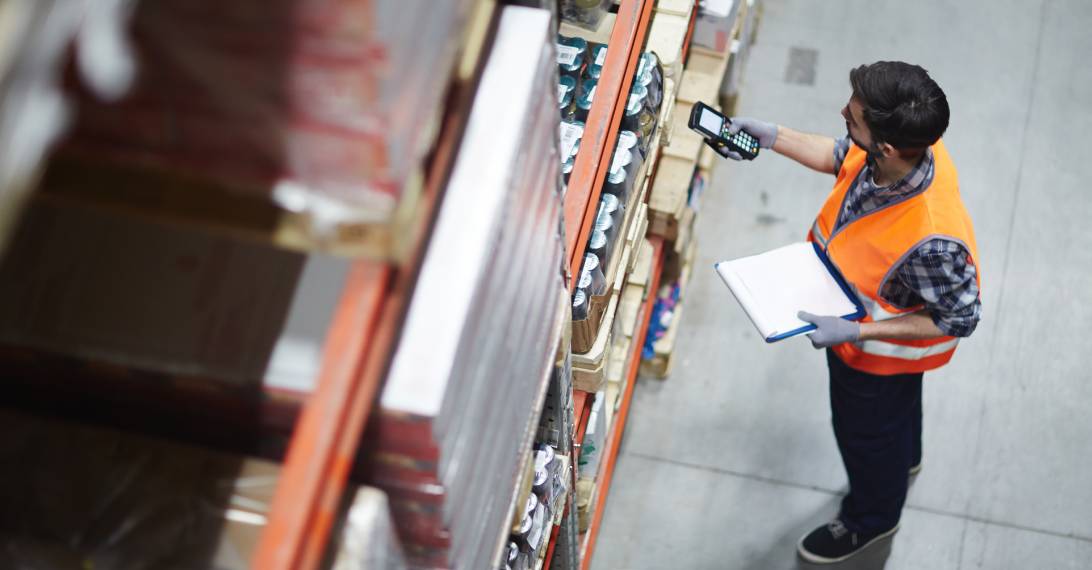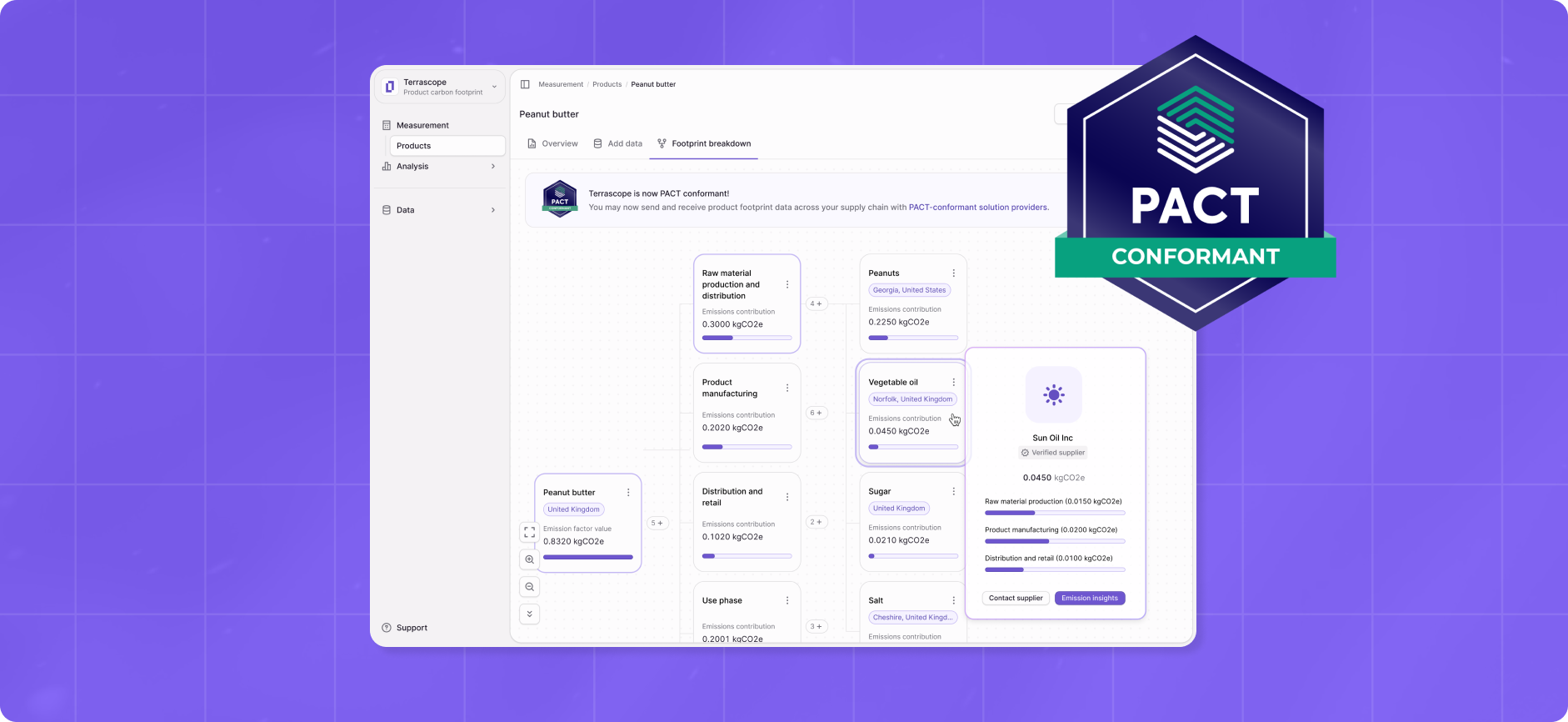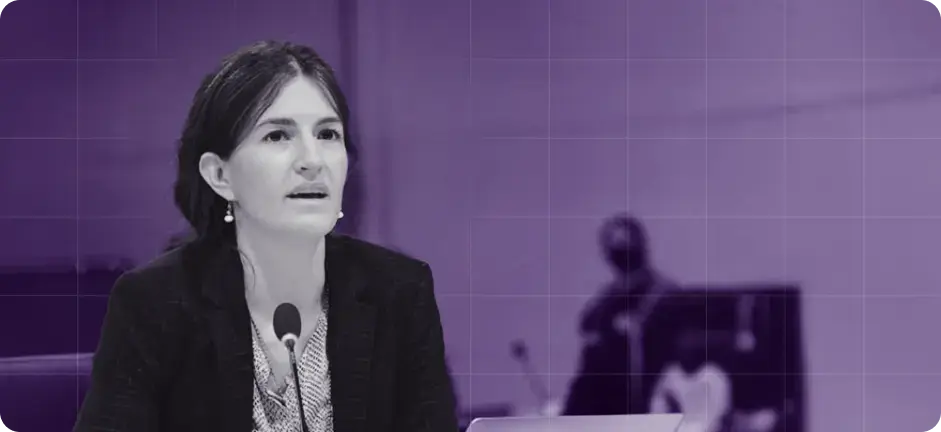Summary
- Singapore leads Southeast Asia in climate regulation, aiming for net zero by 2050 and ambitious targets for solar energy and building efficiency by 2030.
- Mandatory climate disclosure regulations, including ISSB-level reporting for high-risk sectors, promote transparency among businesses and facilitate a transition to a low-carbon economy.
- Terrascope helps businesses visualise and manage their carbon emissions, ensuring regulatory compliance, and supporting sustainability goals through data-driven insights.
Introduction
Enterprises and governments are increasingly recognising the urgent need to address climate change and reduce greenhouse gas (GHG) emissions. The European Union (EU) is a key player in global emission reduction efforts, implementing various policies and regulations to ease the transition towards a low-carbon economy. One of the most recent regulations is the Carbon Border Adjustment Mechanism (CBAM).
The CBAM proposal is a significant step towards achieving the EU's climate goals, which include reducing GHG emissions by at least 55% by 2030. It was introduced by the European Commission in July 2021 and entered into force in May 2023. In this blog, we will discuss the key features of CBAM, how it works, and its potential impact on businesses and trade.

What are the objectives of the CBAM?
CBAM was devised to address the issue of carbon leakage, which is when companies relocate their operations to countries with lax environmental regulations to avoid the cost of complying with their home country’s climate policies. Shifting production to countries with lower climate standards can lead to an increase in global GHG emissions. Carbon leakage also puts EU industries that have to comply with climate policies at a disadvantage.
The EU aims to prevent carbon leakage by making importers pay for the emissions associated with the production of goods imported into the EU. This would incentivise companies outside the EU to reduce their carbon emissions and transition towards a low-carbon economy. Companies would have to pay for their carbon footprint regardless of where their operations are located. This would level the playing field for EU industries that have to comply with the EU’s stringent climate policies and prevent them from being undercut by imports produced in countries with lower environmental standards.
Not only this, but the CBAM would create an additional revenue source for the EU, which could be used to finance climate action and support the transition towards a green economy. From 2026 to 2030, the CBAM is expected to generate revenues estimated at around €1 billion per year on average, for the EU budget.
How CBAM works
The CBAM would require importers to pay for the carbon emissions associated with the production of goods imported into the EU, using the same methodology as applied to EU producers under the EU Emissions Trading System (ETS). CBAM would work by requiring importers to purchase electronic certificates to cover the emissions associated with the production of imported goods. The price of these certificates would be based on the carbon price under the ETS.
The pricing mechanism for CBAM would be similar to that of the ETS, with a gradual phase-in period and a gradual increase in the coverage of products. The CBAM will initially apply to imports of goods which are carbon intensive and at most significant risk of carbon leakage: cement, iron and steel, aluminium, fertilisers, electricity, and hydrogen. The longer-term aim is to gradually expand the scope of CBAM to cover a wide range of sectors. The CBAM transitional period began on 1 October 2023 and will go on until 1 January 2026, when the permanent system enters into force. During this period, importers of goods in the scope of the new rules will only have to report GHG emissions embedded in their imports (direct and indirect emissions), without making any financial payments or adjustments. The gradual phase-in would give importers and exporters time to adjust to the new system and ensure a smooth transition towards a low-carbon economy.
In the long term, the CBAM would cover all goods imported into the EU that are subject to the ETS. This means that any product that emits GHGs during its production process would be covered, regardless of its country of origin. CBAM would also ensure that importers pay for the carbon emissions associated with the production of the imported goods, which would create an incentive for companies to reduce their carbon footprint and transition towards a low-carbon economy.
However, there are some exceptions to CBAM. For instance, imports from countries that have implemented equivalent carbon pricing mechanisms would be exempted from CBAM. Moreover, small importers and exporters that fall below a certain threshold would also be exempted from CBAM.
What is the potential impact of CBAM?
The CBAM proposal is expected to have a significant impact on carbon pricing and emissions trading in the EU. By requiring importers to purchase carbon certificates to cover the emissions associated with the production of imported goods, CBAM would create a new demand for carbon certificates and potentially increase the price of carbon in the ETS. In this regard, CBAM is expected to contribute to reducing GHG emissions and mitigate the impacts of climate change. However, the impact of CBAM on the environment would depend on the price of carbon and the coverage of products.
The impact of CBAM on international trade and climate agreements is still uncertain. Some countries have expressed concerns that CBAM could violate the principles of the World Trade Organisation (WTO). However, the EU has stated that CBAM is fully compliant with WTO rules and is in line with the principles of fair competition and environmental protection. Moreover, CBAM could potentially incentivise other countries to implement their own carbon pricing mechanisms and contribute to the global effort to reduce GHG emissions and mitigate the impacts of climate change.
Conclusion
In conclusion, CBAM represents a significant step towards achieving the EU's climate goals and ensuring a level playing field for EU industries. By preventing carbon leakage and incentivising companies to reduce their carbon footprint, CBAM would enhance the effectiveness of the EU's emissions reduction efforts and contribute to the global effort to reduce GHG emissions and mitigate the impacts of climate change. However, the impact of CBAM on carbon pricing, emissions trading, international trade, and the environment would depend on the details of its implementation and the response of other countries and stakeholders.



